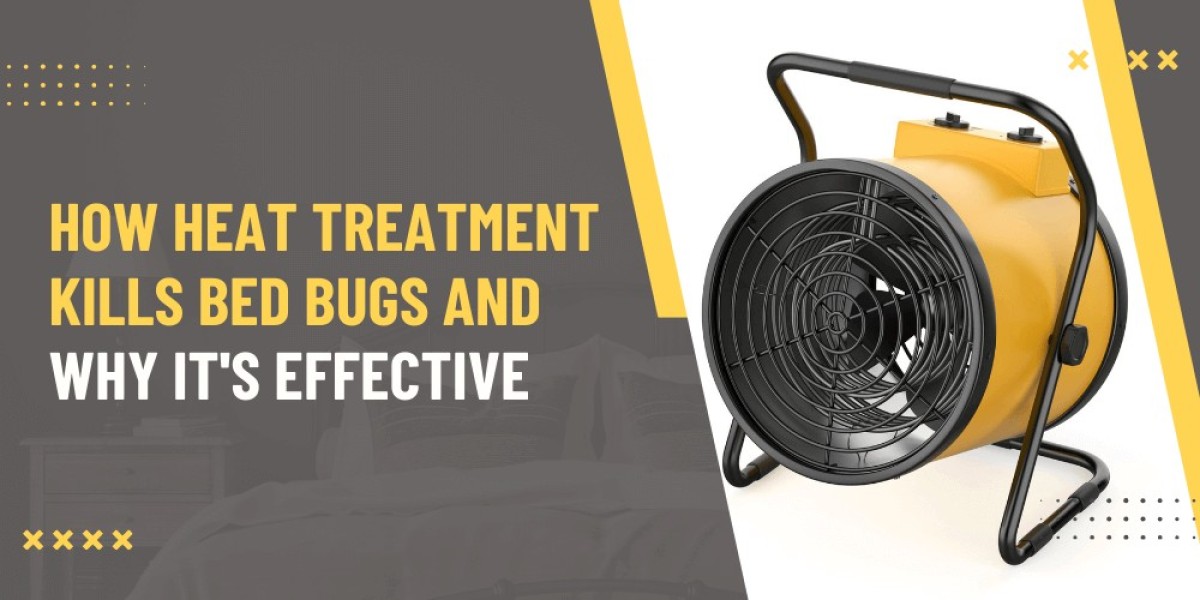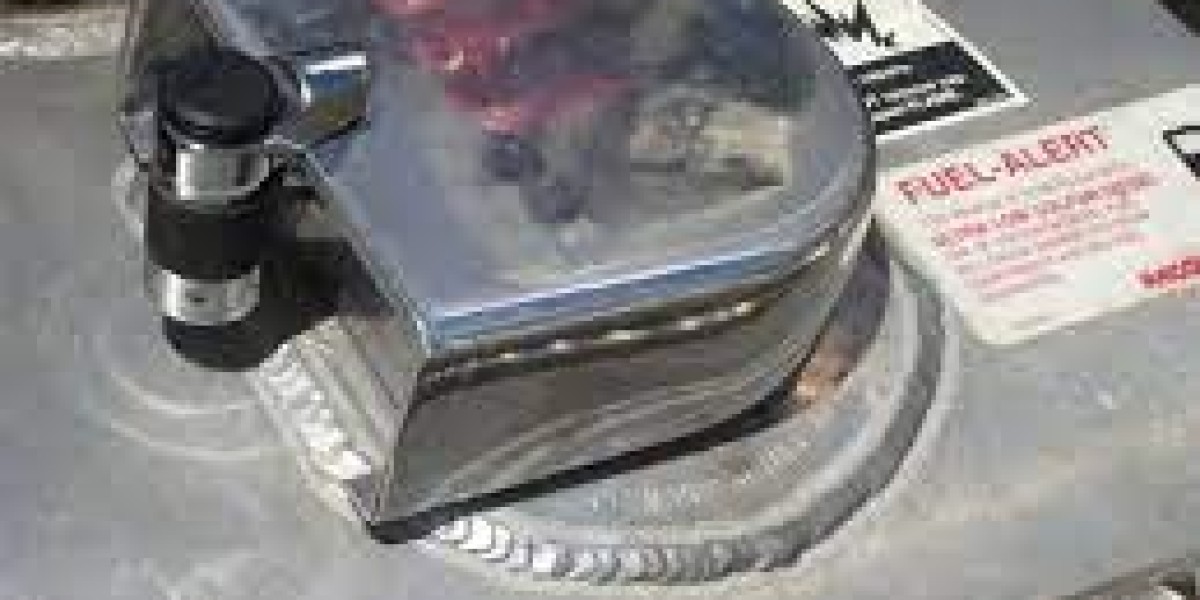What's keeping you up at night? If it's bed bugs, we've got a solution for you! Heat treatment is a modern, chemical-free approach to eradicating bed bugs in residential and commercial environments. This method harnesses elevated temperatures to target pests effectively at all life stages, from eggs to adults. Continue reading as we'll explore the scientific principles that make heat treatment a highly effective option for combating bed bug infestations.
The Science Behind Heat Treatment
Heat treatment in Dallas, TX, targets bed bug infestations by elevating temperatures to deadly levels for every stage of bed bug life, from eggs to full-grown adults. Unpacking this strategy, the following are the essential facts:
Temperature Threshold:
- Temperatures must reach a minimum of 118-120°F (47-49°C) to kill bed bugs effectively.
- Achieving uniform heat distribution throughout the affected area is imperative for thorough extermination.
Duration of Exposure:
- The affected area must be exposed to this temperature continuously for at least 90 minutes to achieve 100% eradication.
- Depending on the size and condition of the area, the duration might vary to ensure complete coverage and effectiveness.
Preparing for Heat Treatment
Before initiating heat treatment, meticulous preparation is crucial. Consider the following to safeguard your home and maximize the treatment's effectiveness:
Remove Heat-Sensitive Items:
- Safeguard items like candles, makeup, and medications by removing them from the area.
- Store away TVs, computers, and other gadgets to prevent heat damage.
Ensure Proper Ventilation:
- Set up fans or open windows to promote airflow, aiding in heat distribution.
- Ensure all areas are accessible, even for heat application, to leave no safe havens for bed bugs.
Indeed, thorough preparation enhances the effectiveness of heat treatment and prevents potential damage to valuable household items. Removing sensitive items and ensuring proper ventilation are critical to successfully eradicating bed bugs.
Advantages of Using Heat Treatment
Heat treatment offers distinctive advantages over chemical methods in bed bug eradication. Consider the following benefits that make it a superior choice:
Non-Toxic Nature:
- It is safe for humans and pets as it avoids harmful chemicals.
- It also reduces environmental pollution compared to chemical treatments.
Deep Penetration:
- Heat can reach into the tiniest crevices and fabric folds, areas typically missed by chemicals.
- Ensures bed bugs have no safe zones anywhere in the treated area.
Single Application Efficiency:
- It often requires only one session to eliminate all life stages of bed bugs.
- It also saves time by eliminating the need for follow-up treatments necessary with chemical methods.
Considerations and Limitations
While heat treatment works well, it has specific challenges requiring careful management. Address the following to ensure optimal execution:
- Professional equipment required: Access to and use of high-grade heaters and fans are critical to generate and circulate adequate heat.
- Risk of bed bug escape: Inadequate sealing of the treatment area can allow bed bugs to flee to cooler zones, undermining the treatment's success.
Therefore, successfully overcoming these challenges increases the efficacy of heat treatment. The following strategies can help:
- Professional assistance: Engage pest control experts with the necessary equipment and know-how.
- Meticulous room preparation: Properly seal off the treatment area to prevent bed bugs from escaping to untreated spaces.
Comparing Heat Treatment to Other Methods
Several methods are available to control bed bug infestations effectively. These are the critical comparisons:
Heat Treatment:
- Pros: Non-toxic, penetrates deep hiding spots, and usually requires only one treatment.
- Cons: Requires professional equipment and can be costly.
Chemical Sprays:
- Pros: Generally effective and less expensive than heat treatment.
- Cons: Toxic chemicals play a role, bed bugs have the potential to develop resistance, and the situation may require multiple treatments.
Freezing Methods:
- Pros: Non-toxic and leaves no residue.
- Cons: Less effective at penetrating deep crevices, requires longer contact time.
Consequently, selecting the optimal bed bug eradication method depends on various factors. Consider the following to decide if heat treatment is the best choice:
- The severity of infestation: Heat treatment can quickly handle extensive infestations.
- Location of infestation: Ideal for complex environments where chemicals and freezing may not reach effectively.
- Safety and environmental concerns: Heat treatment is safer and more eco-friendly than chemical methods.
The Hot Solution to Bed Bug Problems
Heat treatment proves to be an extremely effective way to eliminate bed bugs. It elevates temperatures to lethal levels for all life stages of these pests. In addition, its advantages include safety, the ability to penetrate secluded areas, and the absence of toxic chemicals, making it a prime choice for environmentally conscious consumers.
Moreover, heat treatment typically requires only one session, saving time and reducing disruption. Hence, if you're dealing with a bed bug infestation, seeking advice from a professional pest control service specializing in heat treatment is recommended. Their expertise will ensure thorough eradication and help restore peace of mind in your home or business.
Reference:
- Miller, D. M. (n.d). Using Heat to Kill Bed Bugs. Virginia Cooperative Extension. Retrieved from https://www.vdacs.virginia.gov/pdf/bb-heat1.pdf



